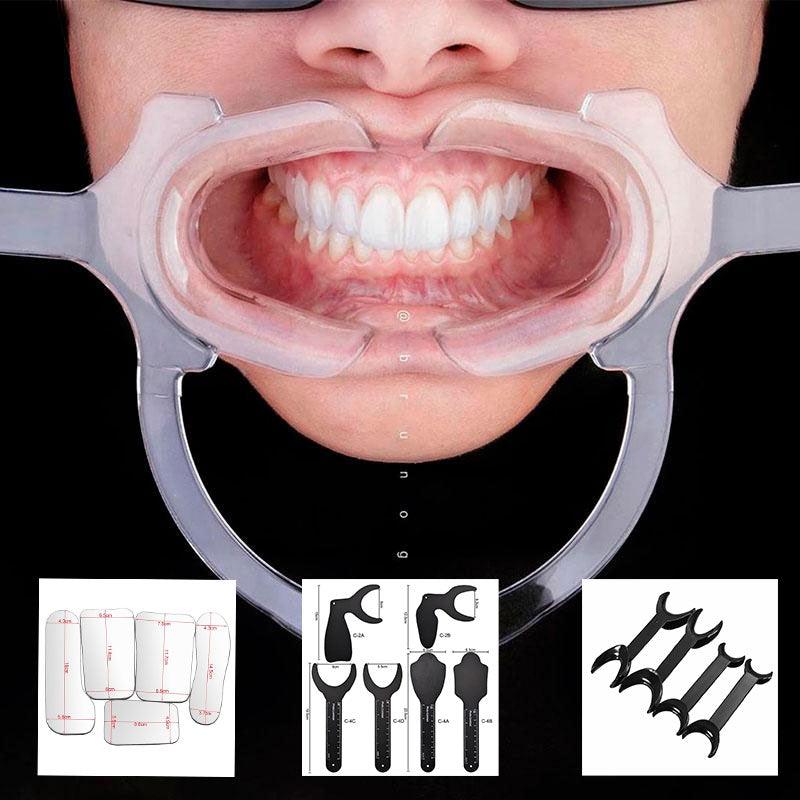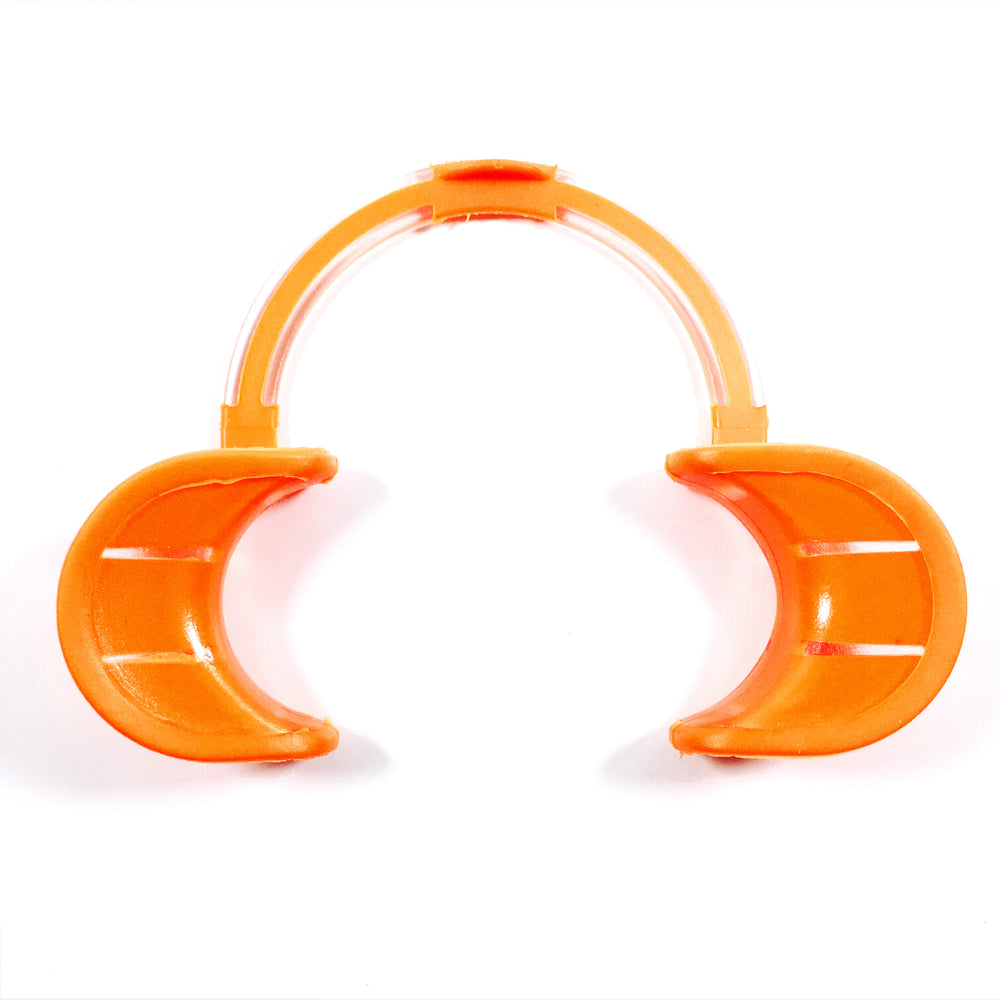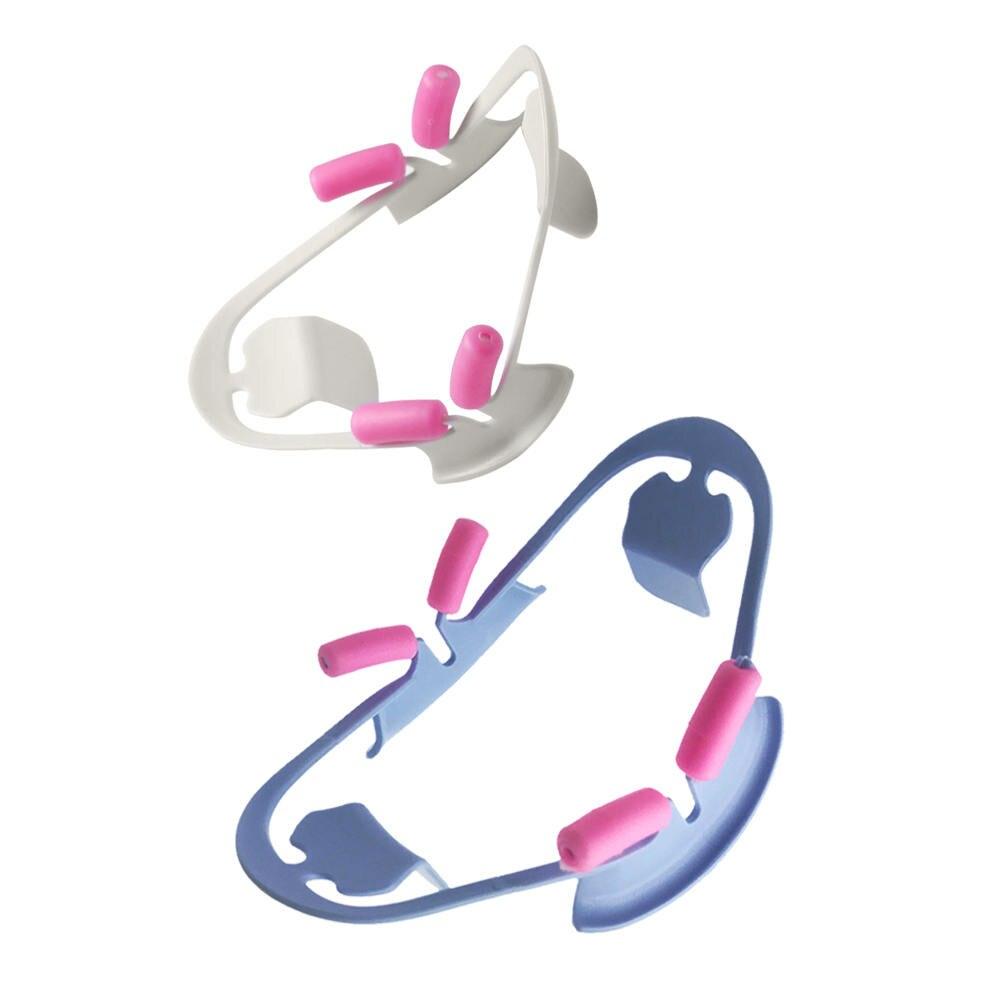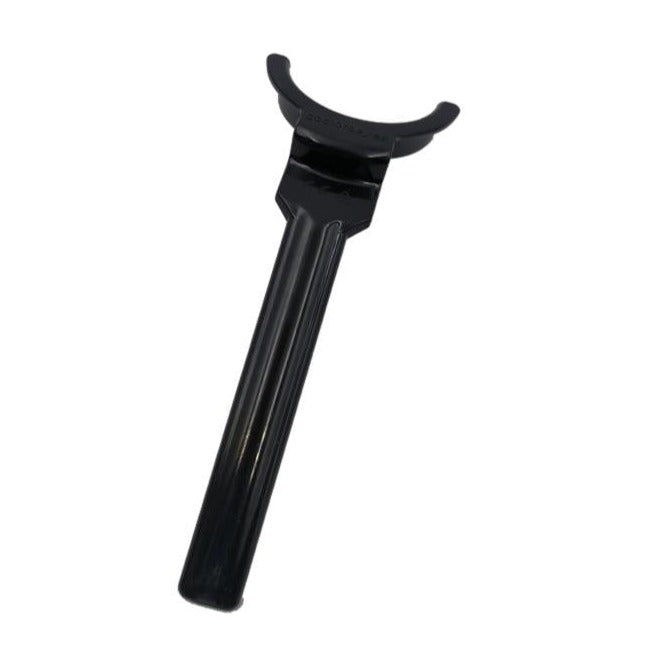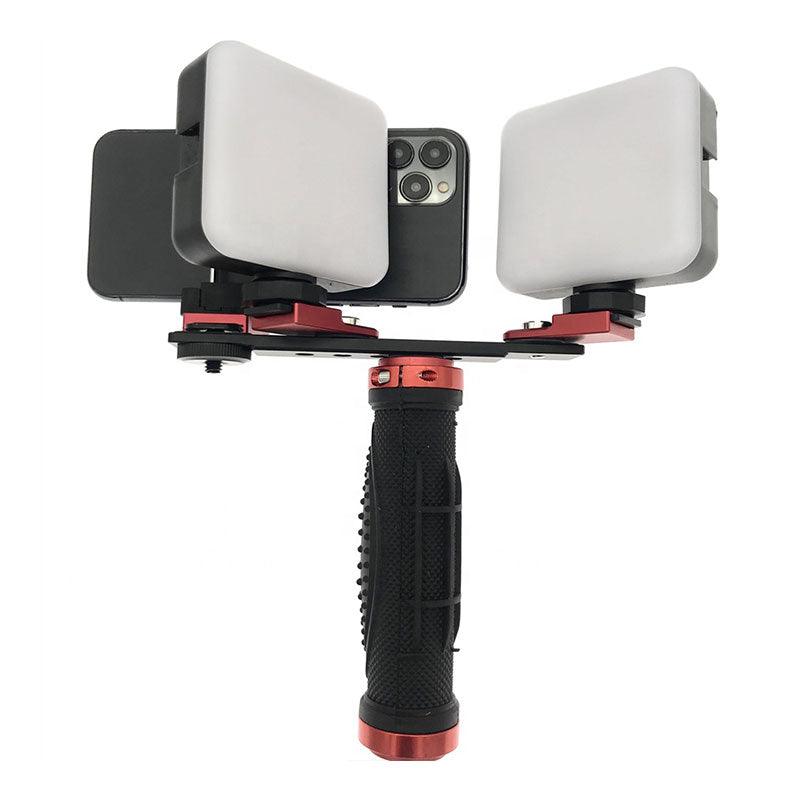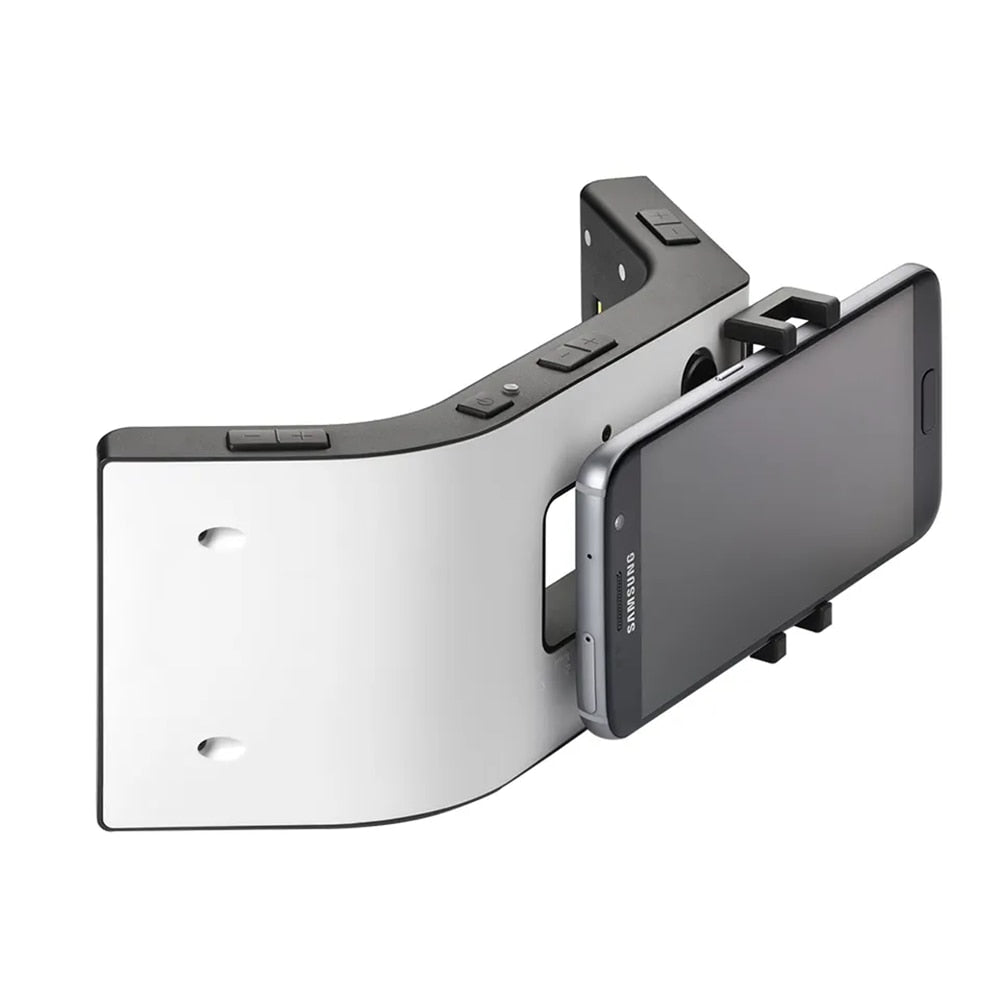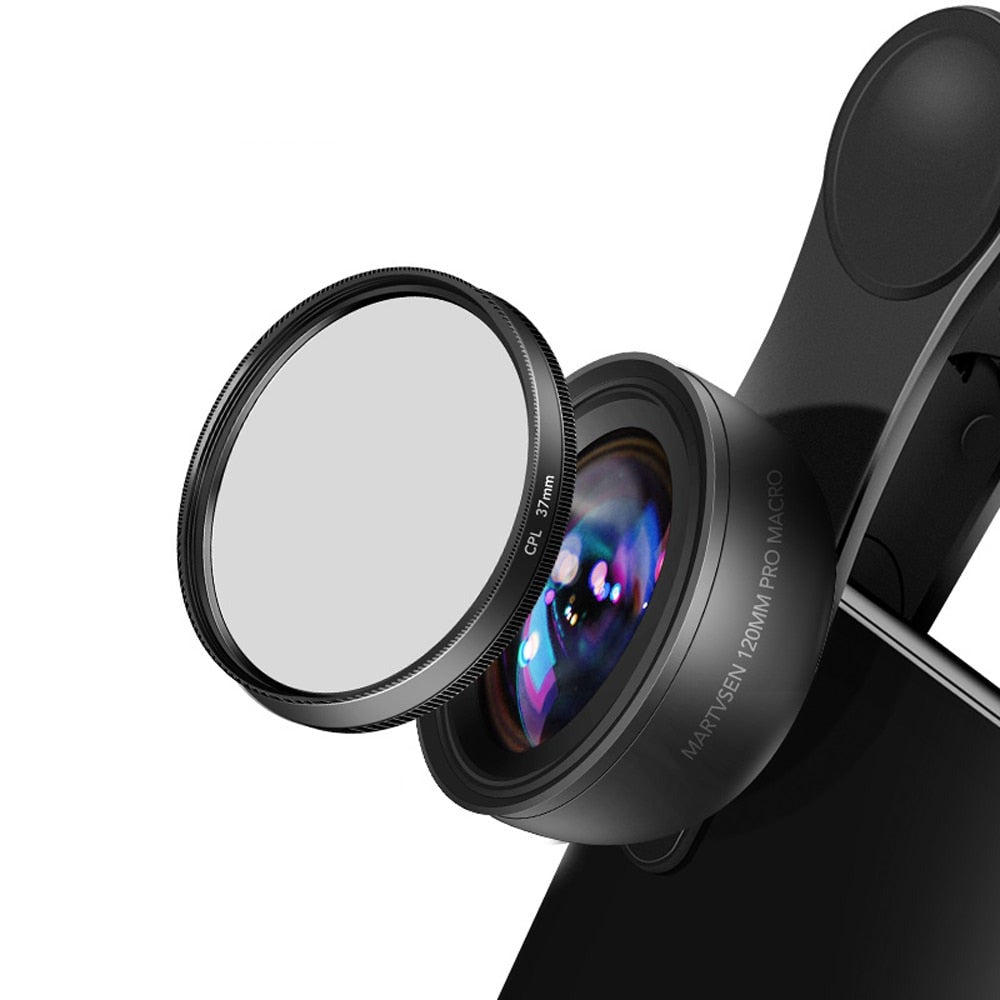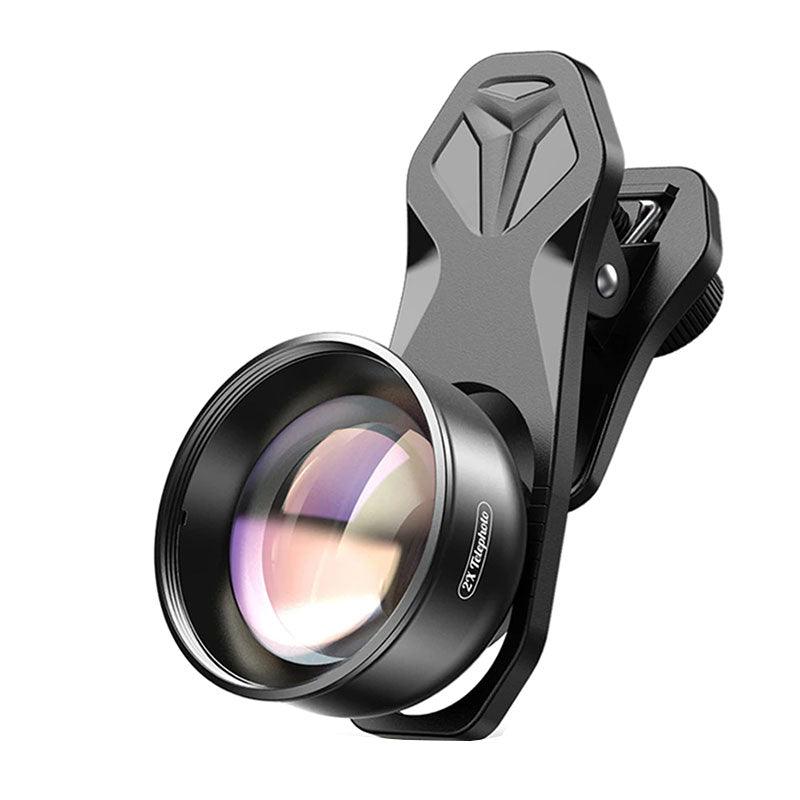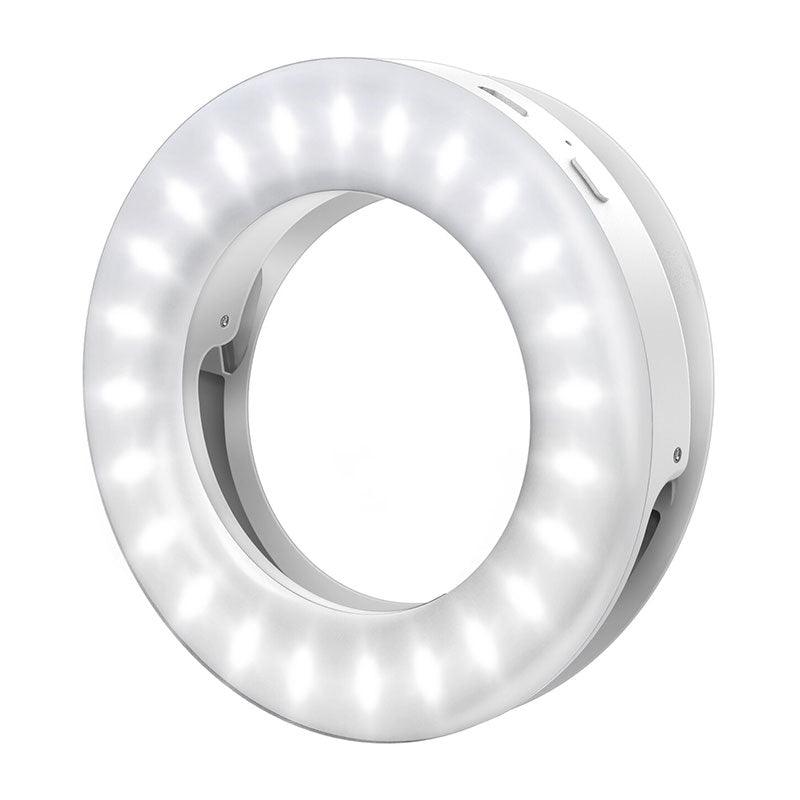The photo protocol in dental photography is an important tool for dentists to visually document the condition of the patient's teeth and oral cavity. In this article, we will look at various types of photos that should be present in the photo protocol as well as share life hacks for effectively obtaining high-quality images.
1. General overview.
Use a wide-angle lens.
To get a general view of the oral cavity, a lens with a wide viewing angle is ideal. It allows you to capture all the necessary details.
—Work with good lighting.
Bright and uniform lighting will help to get clear and detailed pictures. Use lights and take photos in a well-lit area.
2. A close plan of the frontal teeth.
—Use a macro lens.
To obtain clear and detailed images of the front teeth, it is recommended to use a macro lens. It allows you to focus on the smallest details of the teeth.
—Standardize the camera position.
Maintain a constant camera position when photographing the front teeth. This will help you compare the images before and after treatment.
3. Side view.
—Use side mirrors.
When photographing a side view of the oral cavity, it is useful to use side mirrors. They allow you to see details that may not be visible to the naked eye.
—Take a picture with the maximum opening of the mouth.
Ask the patient to open his mouth as wide as possible to get maximum visibility and improve the visibility of the structures of the back teeth.
4. X-rays.
—Use the right X-ray films or sensors.
The quality of X-ray images depends on the correct choice of film or sensor. Use high-quality equipment to obtain clear and diagnostically significant images.
— Work in a dark room.
When processing X-rays, it is recommended to use a dark room or special light-blocking films.
The photo protocol in dental photography plays a role in diagnosis, treatment planning, and tracking progress. Following the recommendations and using the life hacks described above will help you get high-quality images and use them effectively in your dental work.




